Holden Commodore VR VS Lexcen repair manual 1993 - 1997 - Ellery - NEW
Holden Commodore / Lexcen VR VS Series Ellery Service and Repair Manual 1993-1997NEW - 456 pagesOther Holden Car Repair Manuals click hereOther Commodore Repair Manuals click hereDetailed information on these models featuring the new V6 and of course the V8. Factory specifications, wiring diagrams, diagnostic charts, learn to read you engine management diagnostic system, tuned-up information, detailed and easy to follow diagrams.
|
The 1993 VR Commodore represented a major facelift of the second generation architecture leaving only the doors and roof untouched. Approximately 80 percent of car was new in comparison to the preceding model. Exterior changes brought an overall smoother body, semicircular wheel arches and the "twin-kidney" grille—a Commodore styling trait which remained until the VY model of 2002. The rear-end treatment saw raised tail lights, implemented for safety reasons, and a driver's side airbag was introduced as an option: a first for an Australian-built car. Other safety features such as anti-lock brakes and independent rear suspension were only available with the new electronic GM 4L60-E automatic transmission. Along with a driver's airbag and cruise control, these features were packaged into a new Acclaim specification level: a family-oriented safety spec above the entry-level Executive.Holden's strong focus on safety can be seen in the Used Car Safety Ratings. The findings show that in an accident, VN/VP Commodores provide a "worse than average" level of occupant protection. However, the updated VR/VS models were found to provide a "better than average" level of safety protection. Holden issued a Series II revision in September 1994 bringing audible warning chimes for the handbrake and fuel level among other changes.
The latest revision of the Buick 3.8 litre V6 engine was fitted to the VR Commodore, featuring rolling-element bearings in the valve rocker arms and increased compression ratios. These changes combined to deliver an increase in power to 130 kilowatts (170 hp) and further improvement in Noise, Vibration, and Harshness levels. Wheels magazine awarded the VR Commodore Car of the Year in 1993.
About the Commodore VS Series
The 1995 Holden VS Commodore served as a mechanical update of the VR, destined to maintain sales momentum before the arrival of an all-new VT model. The extent of exterior changes amounted to little more than a redesigned Holden logo and wheel trims. An overhauled Ecotec (Emissions and Consumption Optimisation through TEChnology) version of the Buick V6 engine coincided with changes to the engine in the United States. The Ecotec engine packed 13 percent more power for a total of 147 kilowatts (197 hp), cut fuel consumption by 5 percent, increased the compression ratio from 9.0:1 to 9.4:1 and improved on the engine's previous rough characteristics. Holden mated the new engine with a modified version of the GM 4L60-E automatic transmission, improving throttle response and smoothing gear changes. The Series II update of June 1996 included elliptical side turn signals, interior tweaks and the introduction of a supercharged V6 engine for selected trim levels, and the introduction of a new Getrag manual transmission. The new supercharged engine slotted between the existing V6 and V8 engines in the lineup and was officially rated at 165 kilowatts (221 hp), just 3 kilowatts (4.0 hp) below the V8.
The VS Commodore was the last of which to be sold as Toyota Lexcens, as Holden and Toyota ended their model-sharing scheme. The last Lexcens were built during 1997. This model was also sold as the VS Commodore Royale in New Zealand. Similar in specification to the Calais also sold in New Zealand, the Royale featured a standard VS Commodore body with the front end from the VS Caprice and an Opel 2.6 litre 54-Degree inline six-cylinder engine. The Royale was also sold between 1995 and 1997 in small numbers to Malaysia and Singapore as the Opel Calais.
Holden Commodore / Lexan VR VS Series Ellery Service and Repair Manual 1993-1997 1994 1995 1996

 0 Items (Empty)
0 Items (Empty)


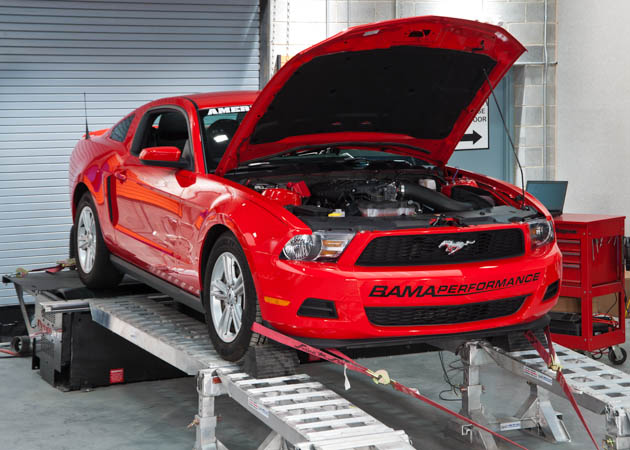
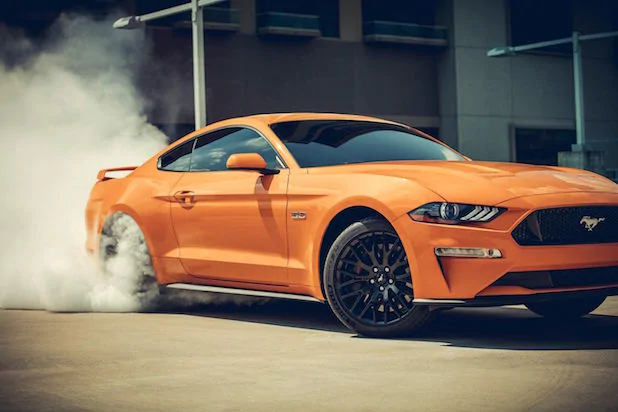
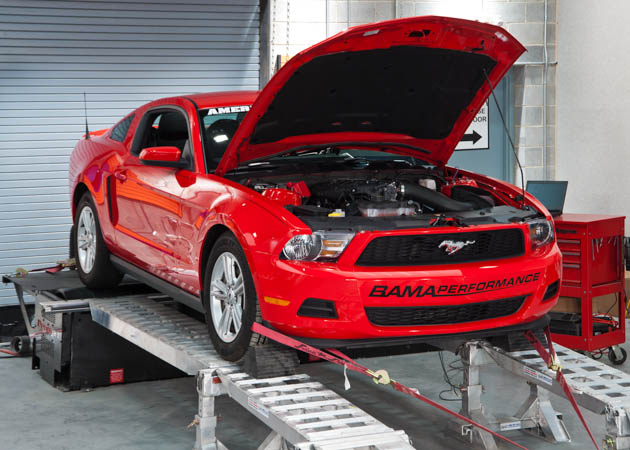
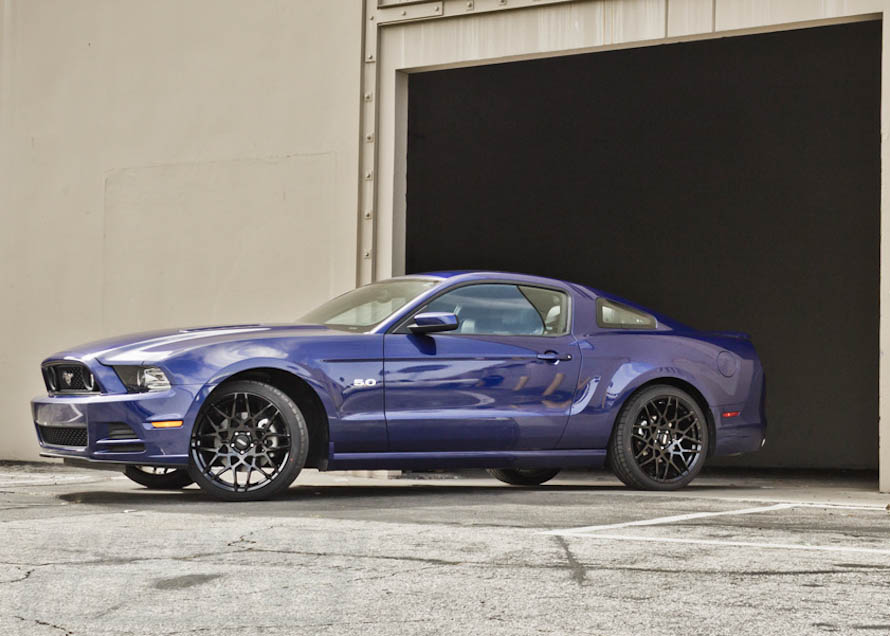
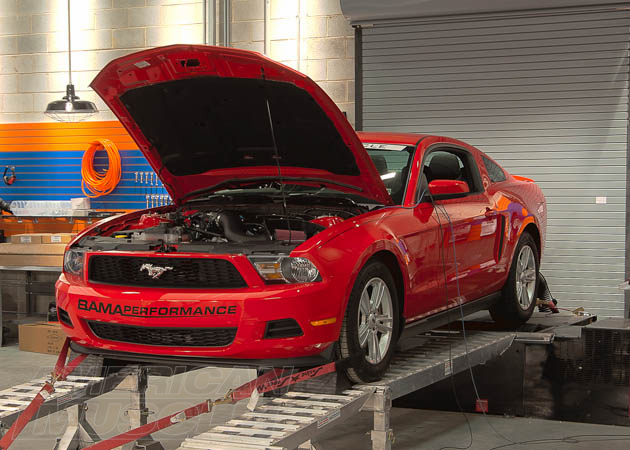
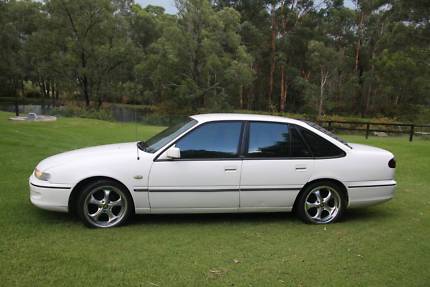
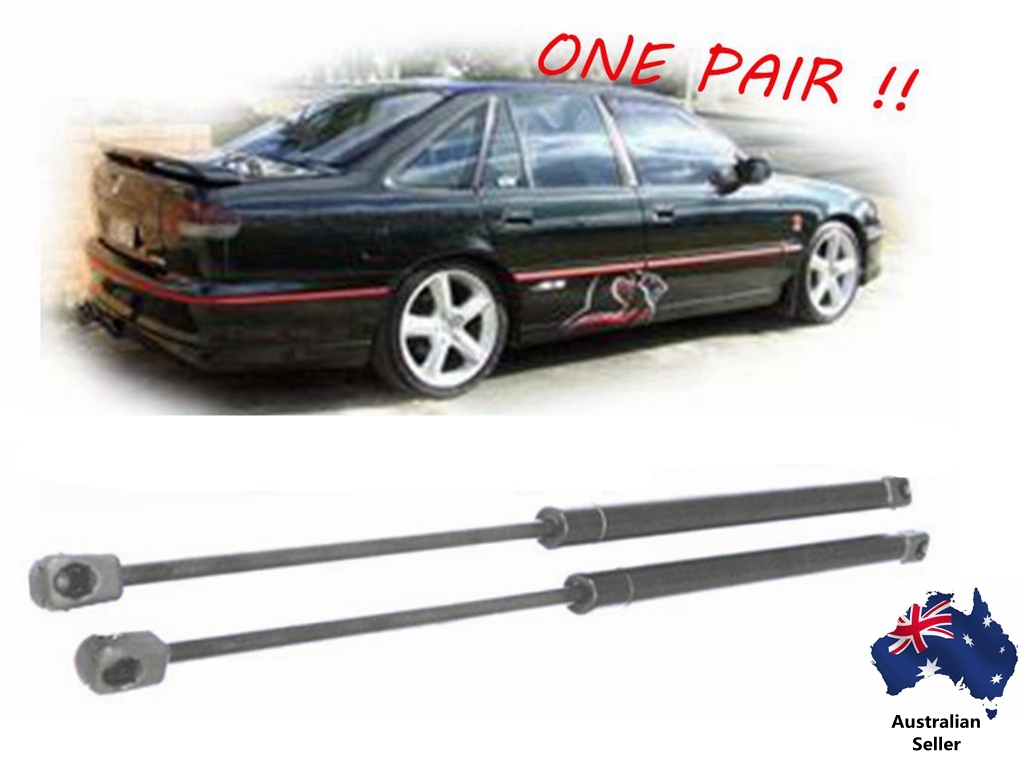
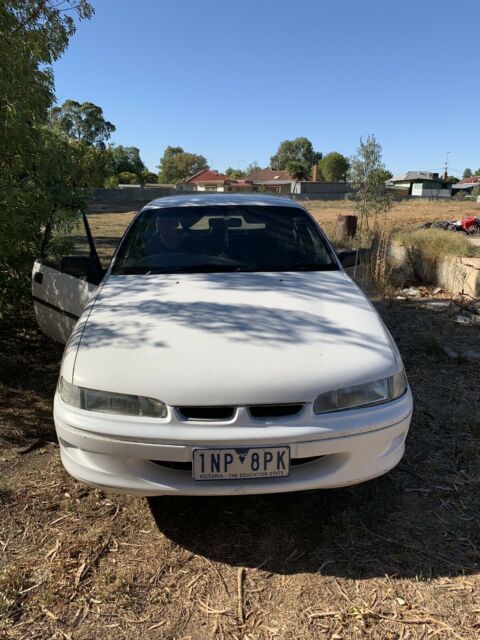
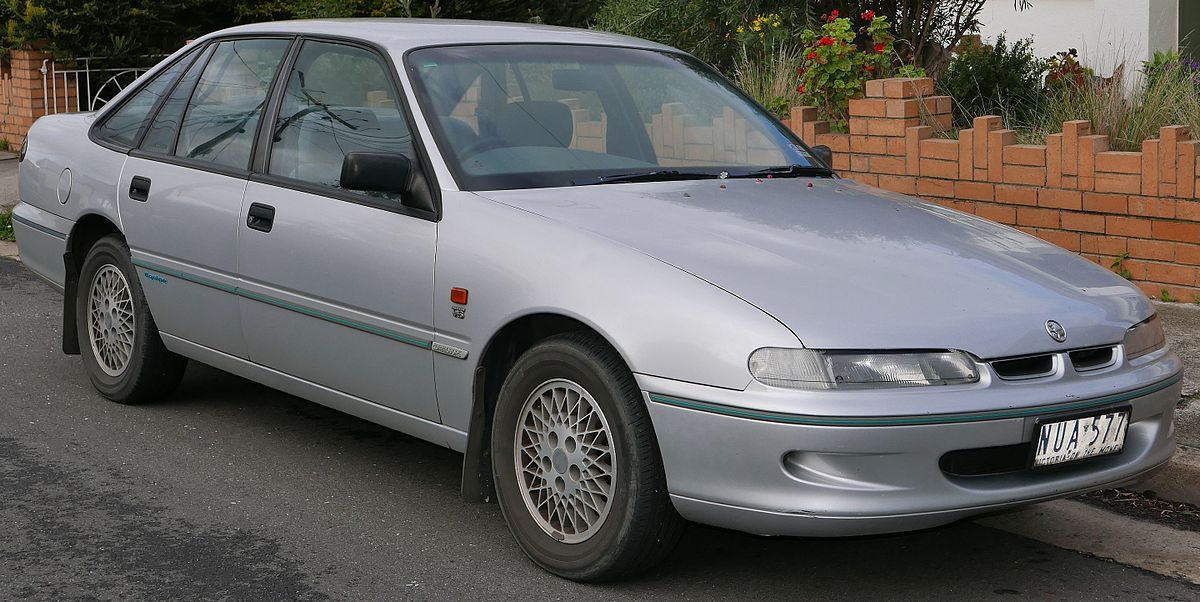
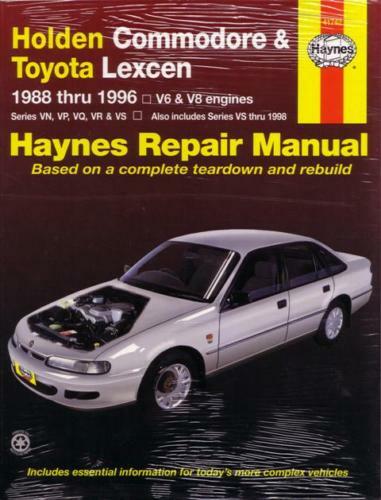
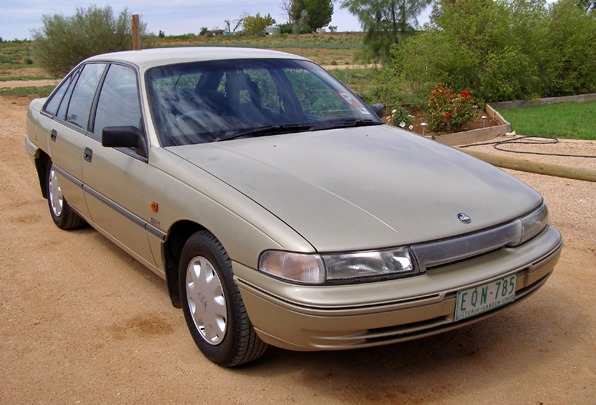
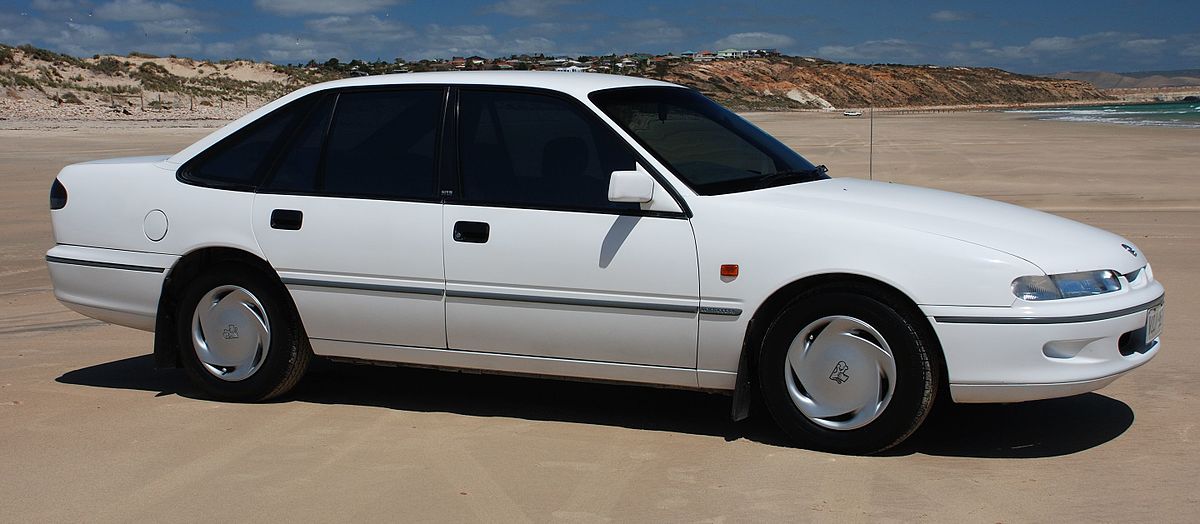 >
>


